Spokespersons
Francesca Calegari - spokesperson DESY and Universität Hamburg
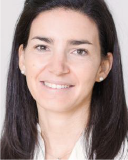
Francesca Calegari leads the Attosecond Science division at DESY, and is professor of physics at the University of Hamburg. The main focus of her research is to track and ideally control in real time the electron dynamics occurring in systems with increasing complexity from simple molecules to molecules of biological interest and nanostructured materials. In her group, XUV attosecond technology is used to understand the role of the electron dynamics in the photo-induced chemical changes that occur in our own biomolecules (e.g. DNA and proteins) in a bottom-up approach. Her research will allow to disclose the physical origin of a variety of light-driven processes of crucial importance in photo-chemistry and photo-biology. Her approach is fully synergetic with the possibility to resolve structural changes in biomolecules through femtosecond time-resolved x-ray diffraction using XUV/X-ray Free Electron Lasers (FELs).
Mathieu Gisselbrecht - spokesperson Lund University
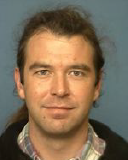
Mathieu Gisselbrecht is an Associate Professor at Department of Physics of Lund University, on secondment from CNRS. His research interests are related to the study of ultrafast dynamics in atoms, molecules and clusters using synchrotron radiation and attosecond light sources. He has more than 15 years of experience in developing and applying 3D imaging spectrometers to study fundamental problem of quantum physics, such as the double ionization, the frontier of the Born-Oppenheimer approximation, and more recently coherence of electron wave-packets. In addition, he bridges the gap between molecular science and cluster sciences by exploring the mechanisms of energy transfer in matter.
Caterina Doglioni - vice spokesperson Lund University
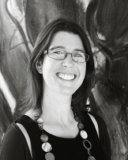
Caterina Doglioni is a senior lecturer at Lund University. Throughout her career, she has been driven by finding out more about the constituents of matter as well as by the challenges related to the “big science” needed to study them. The Large Hadron Collider is the perfect scientific environment to combine the two: with her group and colleagues she works on the challenges that a data-rich research environment presents for discoveries of rare processes at the ATLAS experiment (more information about dark matter at ATLAS). She is the PI of the DARKJETS ERC Starting Grant on real-time analysis and dark matter searches *at* the ATLAS experiment, and she is supported by the Swedish Research Council. She is currently the chair of the Swedish Physics Society Board for Particle and Astroparticle Physics and a member of the coordination team of the High Energy Physics Software Foundation (HSF). (Photo credits: Lena Björk Blixt)
Irene Fernandez-Cuesta - vice spokesperson Universität Hamburg
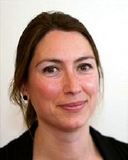
Irene Fernandez-Cuesta is a Group Leader at the Physics Department at Uni Hamburg since 2014. Her main research interest is using nanosciences and nanodevices for biomedical applications. In particular, in her group, they combine micro and nanofluidics, nano-optics and nano-mechanics for single molecule detection and analysis. For example, they work on high troughput optical mapping of DNA molecules, which have an impact in early disease detection.
Jochen Küpper - vice spokesperson DESY
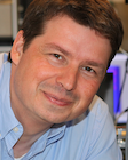
Jochen Küpper FRSC is group leader at the Center for Free-Electron Laser Science, DESY, and Professor of Physics and Professor by courtesy of Chemistry at Universität Hamburg. He is best known for his pioneering work on the control of complex neutral molecules, including the spatial separation of structural isomers and their laser-alignment and mixed-field orientation. He develops novel techniques to control the external and internal degrees of freedom of molecules and nanoparticles and exploits these well-defined samples in experiments to image their nuclear and electronic structure and dynamics. He received several awards, including the prestigious Nernst Haber Bodenstein Prize of the German Bunsen-Society for Physical Chemistry in 2009 and an ERC Consolidator Grant in 2013. He was elected as Fellow of the Royal Society of Chemistry in 2014.
